The title of Piano Nobile’s exhibition ‘Augustus John & the First Crisis of Brilliance’ is taken from an observation by Henry Tonks, a tutor at the Slade School of Art, who used the phrase to describe the outstanding generation of students that studied there in the late 1890s. A ‘crisis of brilliance’ is a strangely ambiguous statement, almost an oxymoron: how and why can brilliance be understood as a form of crisis? Does it imply an aesthetic or intellectual struggle, or creative potential that was possibly unfulfilled?
This exhibition brings together Augustus John’s work with that of other artists, such as Wyndham Lewis, William Orpen, Henry Lamb, Gwen John and James Dickson Innes, who shared John’s artistic world at the end of the 19th century and in the early years of the 20th, up until the outbreak of the First World War. Never so closely associated as to be described as a ‘group’ or a ‘circle’, they nevertheless had a common milieu, worked with the same models and shared some of the same artistic ambitions.
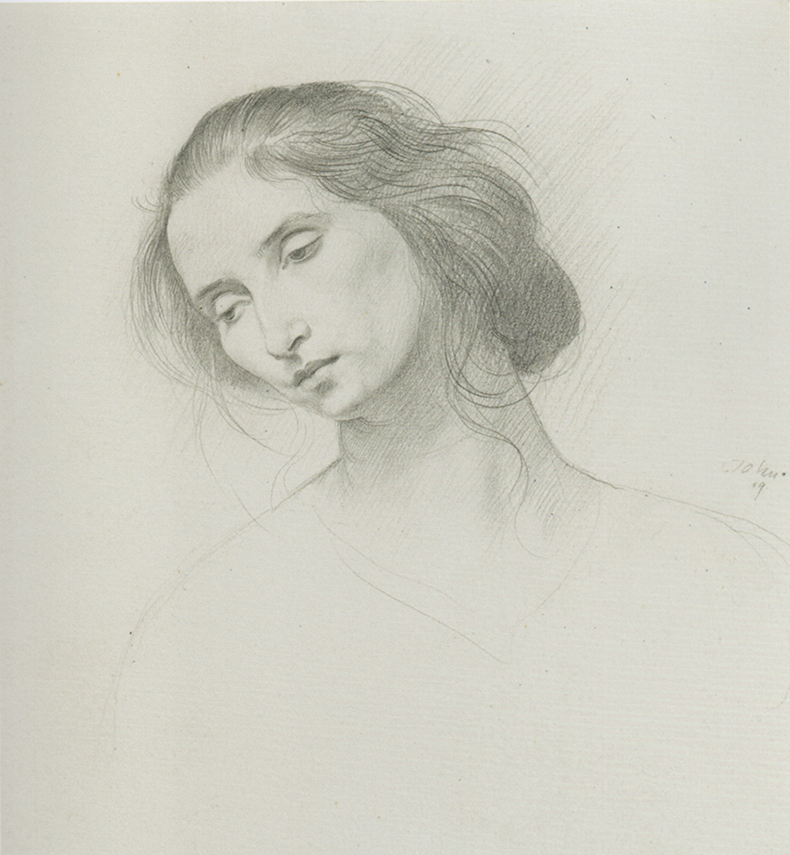
Dorelia (1909), Augustus John. Courtesy Piano Nobile, London; © Estate of Augustus John
At the centre of this loose grouping was Augustus John, a charismatic, possibly bullying personality who made a great impression on the artists, critics and collectors around him. The Piano Nobile exhibition traces the development of his early work, from studies made during his time as a student at the Slade to the emergence of his more distinctive style in the early years of the 20th century.
John’s drawings from the Slade years reveal a thorough and academic artistic training. Students were encouraged to learn from the Old Masters and the influence of Raphael, Michelangelo and Titian is evident, as is that of more recent artists including the Pre-Raphaelites and Puvis de Chavannes.

Euphemia Lamb (c. 1909–11), James Dickson Innes. Private collection. Courtesy Piano Nobile, London
Of course, artistic brilliance requires muses, and representations of women are at the centre of this exhibition. John and his contemporaries used particular female models whom they often also had sexual relationships with or married – most famously Dorelia McNeill, who modelled for both Johns and became Augustus’s common-law wife. A well-displayed group of works portraying Euphemia Lamb (née Annie Euphemia Forrest) makes the point beautifully. Lamb was an artist’s model who married Henry Lamb and had various complex relationships with other artists of his generation, including Augustus John and Jacob Epstein. Virginia Woolf described her in typically contemptuous terms in a letter to Violet Dickinson in 1914:
‘As to Nina Lamb, I think she is by this time a professional mistress. She has lived with various people. […] I believe she’s rather nice and pretty – but without any morals. She began life in Manchester – her mother being apparently in the same line of life. She had a little money of her own, and she used to wander about London and Manchester… until she became H. Lamb’s mistress, and then his wife.’
Each relationship resulted in a new identity for Forrest – she became Nina or Euphemia Lamb when she married, whereas John referred to her as Euphemia or Lobelia. In John’s graphite portrait of c. 1907, she is caught with a downward gaze, twisting to her left; she appears more animated than in Lamb’s drawing of 1905, which has a pensive and academic quality. In James Dickson Innes’s later watercolour of c. 1909–11, her face and form are simplified: she is a dreamer rather than the eccentric and vivid woman with whom all these artists fell in love.
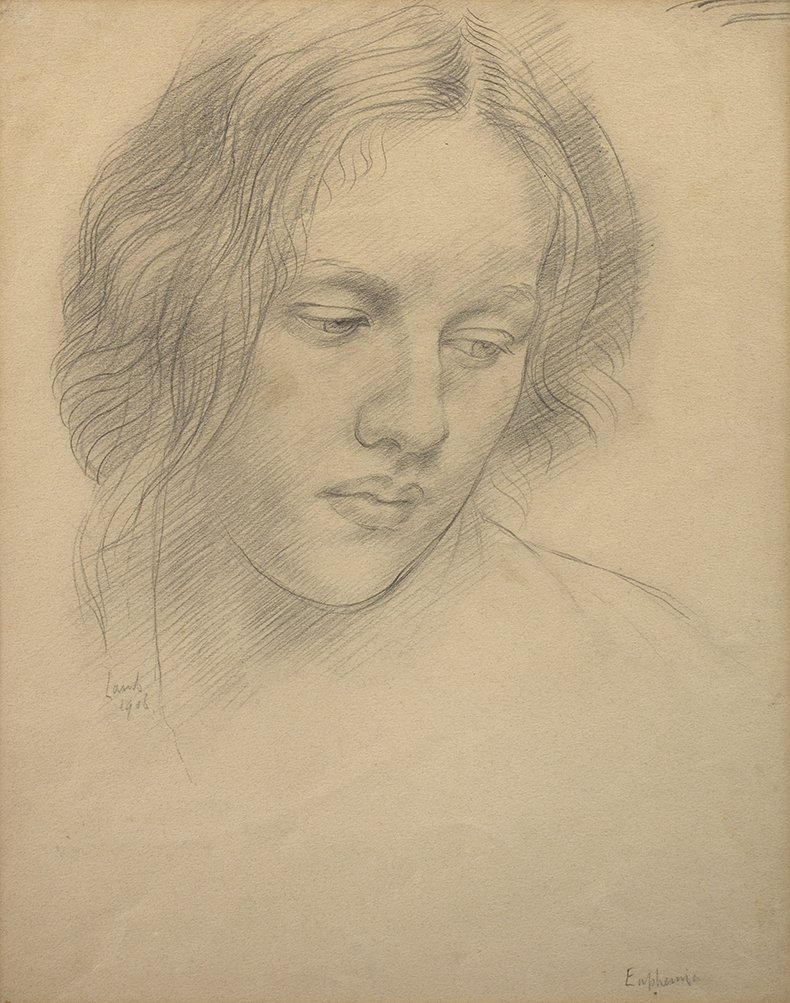
Euphemia (1906), Henry Lamb. Private collection. Courtesy Piano Nobile, London; © Estate of Henry Lamb
These muses, models, artists and dreamers are part of a larger world of bohemianism that John and other artists inhabited in the early 20th century. Interestingly, David Boyd Haycock, curator and author of the exhibition catalogue, draws this into an updated concept of artistic genius. His catalogue essay traces the emergence of the notion of the genius, with its revival in the late 18th century and intensification in the Romantic period, and argues for its continuing usefulness for contemporary art history – and, specifically, for understanding Augustus John.
Haycock suggests that ‘genius’ captures something of the ‘magic, mysterious, inspiring ingredient’ that separates John from merely talented or hard-working artists of the time. I remain to be convinced that the notion can be usefully reclaimed as a critical term, or that it is necessary for understanding the work in this exhibition. The complexities embedded in the term, and the accumulation of centuries of social and cultural norms, are not easily jettisoned and tend to obscure rather than clarify. Perhaps this is why Tonks spoke of a ‘crisis of brilliance’? Rather than simply assigning ‘genius’ to individuals, we need to understand who – in any historical period – is allowed to shine, and why.
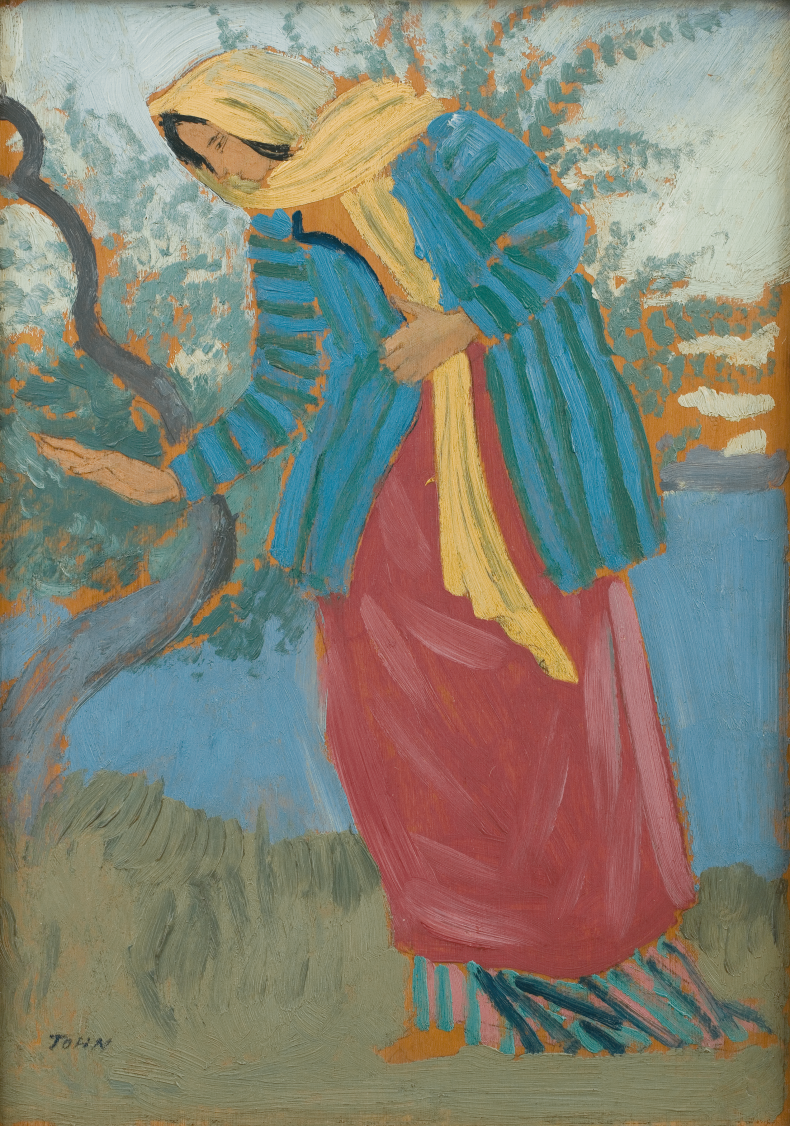
Girl in a Blue Striped Coat (c. 1910), Augustus John. Courtesy Piano Nobile, London; © Estate of Augustus John
‘Augustus John & the First Crisis of Brilliance’ is at Piano Nobile, London, until 13 July.
Unlimited access from just $16 every 3 months
Subscribe to get unlimited and exclusive access to the top art stories, interviews and exhibition reviews.


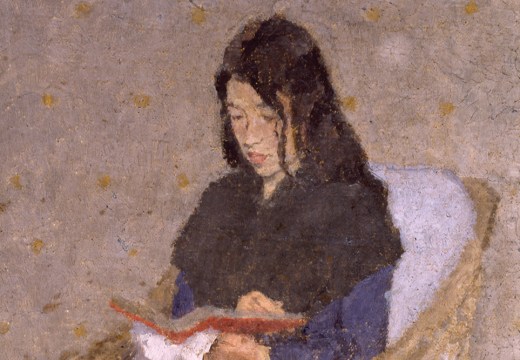

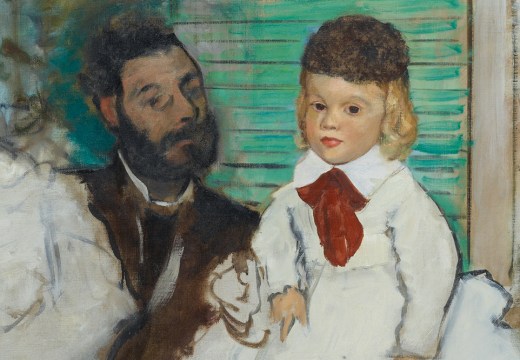









![Masterpiece [Re]discovery 2022. Photo: Ben Fisher Photography, courtesy of Masterpiece London](http://www.apollo-magazine.com/wp-content/uploads/2022/07/MPL2022_4263.jpg)
It’s time for the government of London to return to its rightful home